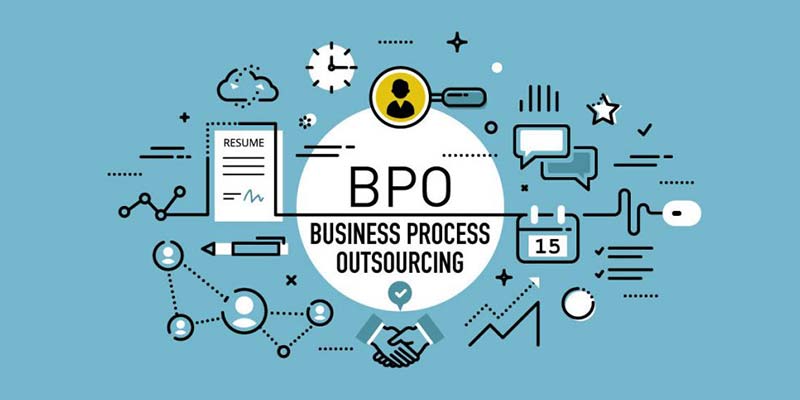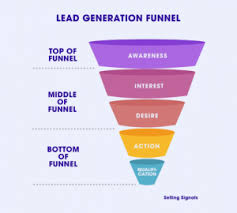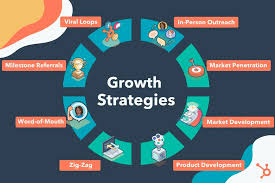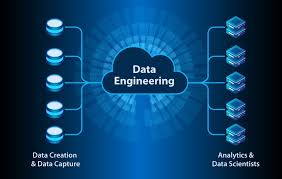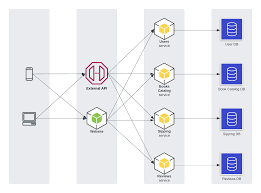Business Process Outsourcings
Business Process Outsourcing (BPO) involves contracting specific business functions or processes to external service providers, allowing companies to focus on their core competencies while reducing costs.
BPO can be categorized into front-office outsourcing, which handles customer-facing activities like customer service and sales, and back-office outsourcing, which manages internal processes such as accounting, payroll, and human resources. By outsourcing, businesses gain access to specialized expertise, improve efficiency, and scale operations without the need for heavy capital investment.
